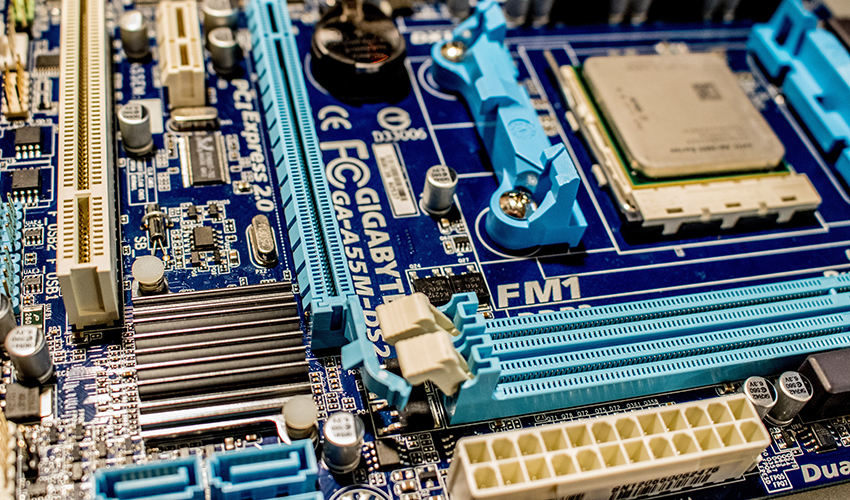
We already know one fact – the chips are down. And we also know that it will likely take years for the chips to rebound, as demand for electronics continues to outpace the supply of chips and other components used to power them.
So while demand is high and the supply is low, sales are booming. Global semiconductor sales are up $43.6 billion in May, an increase of 26.2% over the same time period in 2020, according to the Semiconductor Industry Association (SIA). “The industry shipped more units on a three-month moving basis in May than during any previous month in the market’s history, indicating semiconductor production has ramped up significantly to address rising demand,” said John Neuffer, SIA president and CEO.
It’s not surprising that semiconductor sales are skyrocketing during these uncertain times. Chip shortages often trigger purchasing behaviors like competitive bidding or double-ordering to bulk up on inventory. All of these factors can worsen the shortage crisis.
On top of it, lead times are increasing and the availability of certain electronic components are dwindling.
Lead Times and What to Expect
With the chip shortage, experts are warning to expect increasing lead times – at times going over 30 weeks for some components. According to a report from IHS Markit, an information, research and analysis firm, 83% of semiconductor parts are showing increased lead times this year.
“The situation is becoming very constrained and difficult to get parts in a timely manner without proper planning,” said Greg Wood, director of product management, engineering and product design at IHS Markit, during a webinar on component availability challenges.
Wood noted that some of the part types impacted include:
End-of-Life Trends and What Parts Are Becoming More Obsolete
On top of the increase in component lead times, there are also some noticeable end-of-life (EOL) trends. EOL is a term used to indicate that a product has reached the end of its useful life from the manufacturer’s perspective.
Wood noted that EOL status are increasing for older tech products this year, as manufacturers are moving toward designing newer, more complex technologies that use less power. In fact, the number of EOL products is soaring, up 20% in 2020, and is expected to continue rising 11%-12% this year, Wood said.
What parts are becoming more obsolete? The largest EOL activity is in optoelectronics and oscillators. Other components that are showing more obsolescence activity include circuit protection devices and passive filters, Wood added.
Looking Ahead
So what do companies need to do to keep production lines moving, despite the chip shortage? Your best bet would be to do your due diligence to ensure continuity of your supply chain. Work closely with your trusted electronic components distribution partner in creating a pro-active plan to help you manage and navigate any risks.
Wood suggested monitoring critical component lead times, product status and change notifications on a daily basis, and conducting regular reviews of products with longer lifecycles to better understand any potential risks. Communicating your needs with your supplier can help you better prepare for challenges that arise during these times of uncertainty.